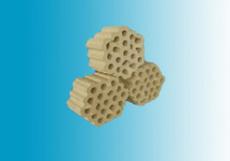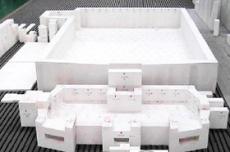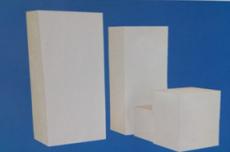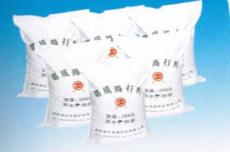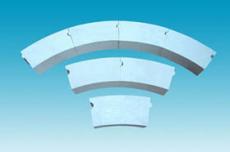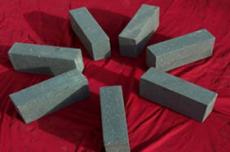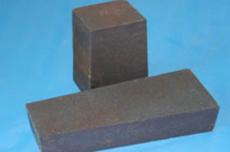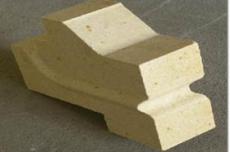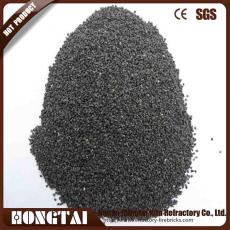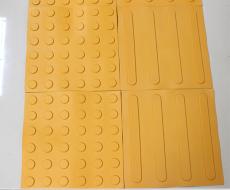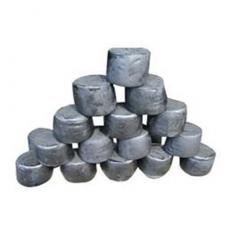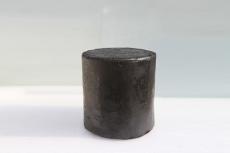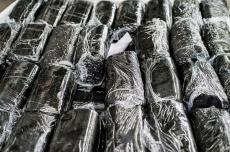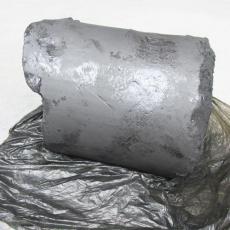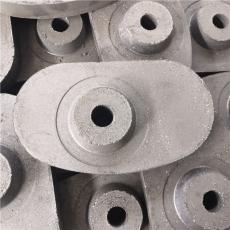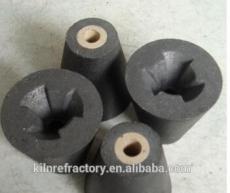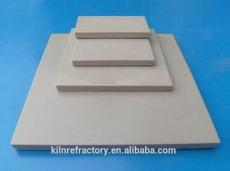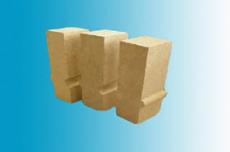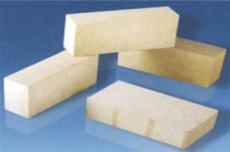
Power Plant Boiler
Power plants use different coal raw materials for combustion and have different types of furnaces. Generally, four types of boilers are used in power plants: mainly molten slag cyclone furnace, W-frame boiler, circulating fluidized bed boiler (CFB boiler) and waste incinerator boiler. The common feature of these four boilers is that the lining is made of refractory material. Among them, the main materials are amorphous refractory concretes and refractory plastics. The following is a brief introduction of the foundry refractory materials and refractory plastics used in four common power plant boilers.
Molten Slag Cyclone Furnace
Molten slag cyclone furnace is a large cyclone furnace. This furnace provides great flexibility in the selection of coal raw materials. Its advantages include fast start-up and shutdown, high combustion intensity and low combustible fly ash generation. When selecting refractory lining material, an amorphous refractory material with excellent heat resistance, wear resistance, thermal shock resistance, thermal conductivity and slag resistance is required. It is recommended to use silicon carbide refractory concrete or rammed earth refractory materials.
W-flame boiler
The "W" flame boiler is a boiler imported from abroad that mainly burns low-volatility coal. This type of boiler has high combustion stability and high combustion efficiency. When selecting and applying refractory materials, the application areas of amorphous refractory materials are mainly concentrated in fire protection fields that require materials with excellent abrasion resistance, thermal conductivity and thermal shock resistance. It is recommended to use fire-resistant plastics or corundum-based refractory concretes in combination with high-aluminophosphate.
Circulating Fluidized Bed Boiler (CFB Boiler)
Circulating fluidized bed boilers (abbreviated as CFB boilers) are the most commonly used boilers in power plants. Its main advantages are environmental friendliness, high combustion efficiency and wide adaptability to coal types. When choosing a refractory lining, amorphous wear-resistant refractories, cast wear-resistant refractories and insulating materials are mainly used. Amorphous refractories used in this type of furnace include wear-resistant refractory concretes, wear-resistant refractory plastics and wear-resistant refractory pressing materials.
Waste Incinerator
A power plant boiler that burns waste to produce electricity is called a waste incinerator. Compared with other boilers, the requirements for refractories in waste incinerators are very high, since the gases in the furnace have a complex composition and exhibit high corrosive activity during waste combustion. Therefore, when choosing a refractory material, it is necessary to take into account its high heat resistance, volumetric stability, resistance to thermal shock, abrasion resistance, high strength, as well as extremely high corrosion resistance. For new furnaces, it is recommended to use dense castable concretes based on silicon carbide or self-casting castable concretes with a low cement content.
When choosing the above four types of refractories for power plant boilers, it is necessary to comply with the provisions of SP "Refractory products for thermal power plant boilers"
